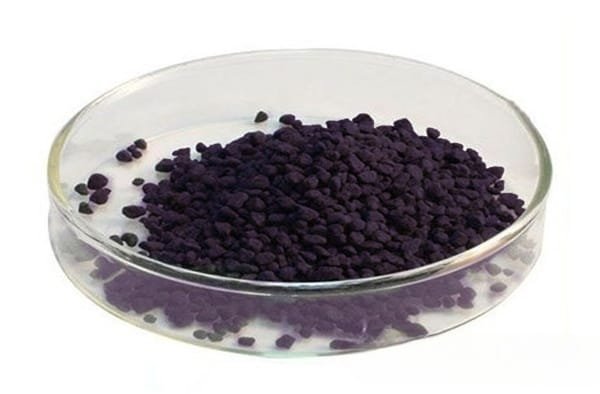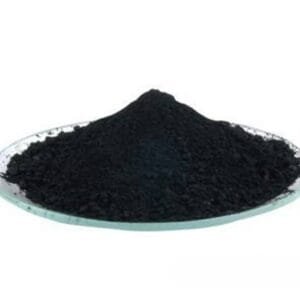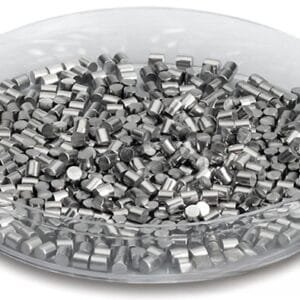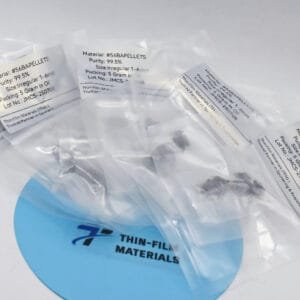Titanium(III) Oxide Evaporation Materials Overview
Titanium(III) oxide, with the chemical formula Ti₂O₃, is a high-purity oxide material essential for quality deposition processes. At TFM, we specialize in producing titanium(III) oxide evaporation materials with purities reaching up to 99.9995%. Our rigorous quality assurance ensures that each product meets the highest standards of reliability.
Related Products
Specifications of Titanium(III) Oxide Evaporation Materials
| Material Type | Titanium(III) Oxide |
| Symbol | Ti2O3 |
| Appearance/Color | Violet black solid |
| Melting Point | 2,130 °C (3,870 °F; 2,400 K) (decomposes) |
| Density | 4.49 g/cm3 |
| Purity | 99.9% |
| Shape | Powder/ Granule/ Custom-made |
Applications of Titanium(III) Oxide Evaporation Materials
Titanium(III) oxide evaporation materials are utilized in various fields, including:
- Deposition Processes: Essential for semiconductor deposition, chemical vapor deposition (CVD), and physical vapor deposition (PVD).
- Optics: Used in wear protection, decorative coatings, and display technologies.
Packaging Information
Our titanium(III) oxide evaporation materials are carefully tagged and labeled to ensure efficient identification and quality control. We take great care to prevent any damage during storage and transportation.
Contact Us
TFM is a premier manufacturer and supplier of high-purity titanium(III) oxide evaporation materials. We offer various shapes, including tablets, granules, rods, and wires, with custom forms and quantities available upon request. In addition to evaporation materials, we provide evaporation sources, boats, filaments, crucibles, heaters, and e-beam crucible liners. For current prices and inquiries about materials not listed, please contact us today.


 MSDS File
MSDS File



Reviews
There are no reviews yet.